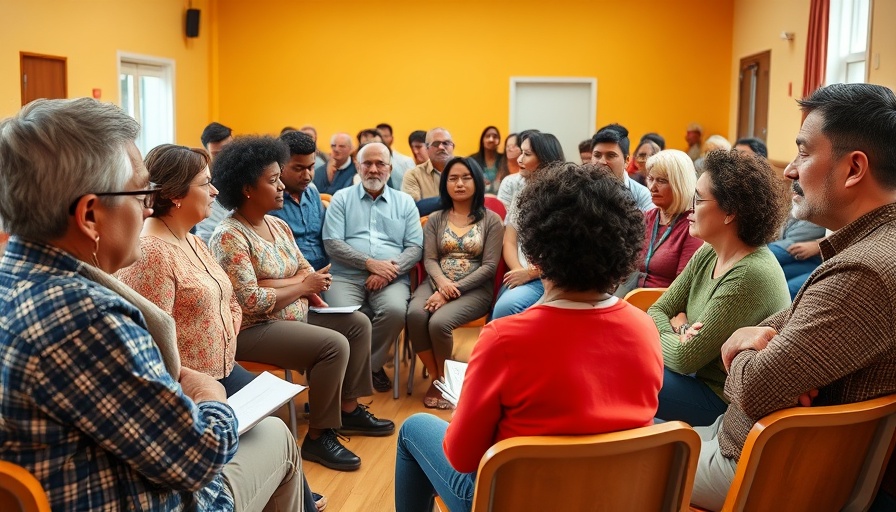
Residents Voice Concerns Over Pleasanton Road Improvements
In an effort to enhance pedestrian safety and traffic conditions, the ongoing Pleasanton Road Safety Improvement Project has sparked a heated debate among South Side residents. While the initiative aims to make the three-mile stretch along Pleasanton Road more pedestrian-friendly, many local residents argue that the proposed concrete medians are causing various unforeseen problems.
Understanding the Residents' Perspective
At a recent neighborhood meeting, residents expressed their frustration and discontent regarding the project's design. Former state representative Tomas Uresti, now the owner of Corner Coffee and More, articulated the concerns, stating that the medians contribute to traffic congestion, vehicle damage, and injuries. Uresti remarked, "It’s causing congestion, it’s causing damage to vehicles and it’s causing injuries." This sentiment was echoed by fellow residents like Juan Mancha, owner of Cap’n Jim’s, who noted the difficulty of entering and exiting the road due to the implemented changes.
A Growing Movement Against the Medians
The opposition is gaining momentum, with more than 600 residents signing an online petition against the medians and an additional 2,000 signatures collected in person. This mobilization speaks to the community’s concerns about safety and accessibility. Several speakers at the meeting highlighted personal accounts of accidents, including Ariel DeLaRosa, whose vehicle was severely damaged after encountering a median that she noticed too late. DeLaRosa's experience is a stark reminder of the potential hazards that the community fears the project has introduced.
The Larger Context: Safety and Infrastructure
It’s essential to consider why the Pleasanton Road Improvement Project was initiated in the first place. In 2024, KSAT reported a tragic incident involving a pedestrian fatality at the intersection of Pleasanton Road and Southwest Military Drive, highlighting serious concerns about pedestrian safety in the area. This crash was part of a larger trend, with more than 150 accidents reported along the road during last year. Residents argue that while the project's intention is safety-focused, the actual outcomes tell a different story.
City and State Responses: What’s Next?
The neighborhood association has requested a meeting with city officials to discuss these complaints and explore alternative solutions. The District 3 City Council Office acknowledged the residents' concerns and promised to address them, although a concrete solution or timeline remains unclear. This development highlights the importance of city council responsiveness in local matters, especially concerning infrastructure that directly impacts residents' livelihoods.
Moving Forward: Community Engagement Matters
This situation emphasizes the need for strong community engagement in city planning. As the residents of Pleasanton Road continue to rally against the medians, it is vital for the City of San Antonio and the Texas Department of Transportation to listen and adapt. Active civic engagement enables local leaders to strike a balance between safety measures and the day-to-day realities facing residents.
Conclusion: The Power of Civic Action
The mixed response toward the Pleasanton Road Improvement Project illustrates the complex interplay between urban development and community needs. Civic action, as seen through the petitioning efforts and town hall meetings, empowers residents to influence changes that align better with their safety and accessibility requirements. As this situation unfolds, it’s crucial for residents to stay informed and engaged.
 Add Element
Add Element  Add Row
Add Row 



 Add Row
Add Row  Add
Add 


Write A Comment